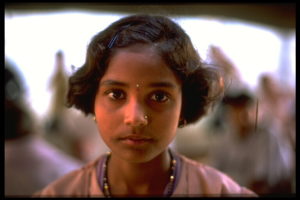 |
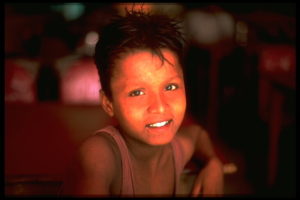 |
 |
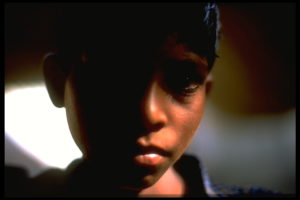 |
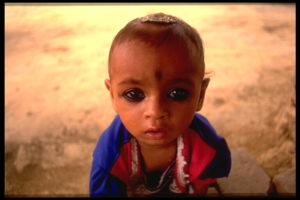 |
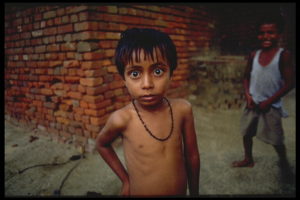 |
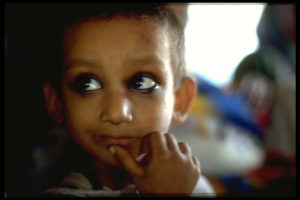 |
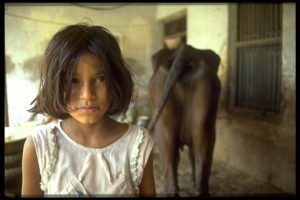 |
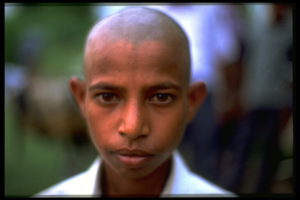 |
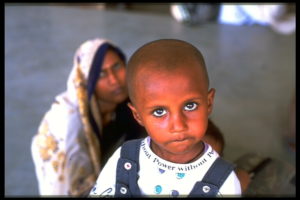 |
A Note on the Photographs and the History of the Indo-Mauritian community
The photographs in this gallery are part of a series called “Masooms”, or “the innocents”. They were taken in villages in and around Ballia in the Indian state of Uttar Pradesh and in EKMA,SIWAN, CHHAPRA and BUXAR in the state of Bihar. Masooms is a project dedicated to all the children who were indentured by the British in Mauritius and in their former colonies.
Mauritius was the first British colony to import large scale of contract labourers from India to work on the sugar plantations. The introduction of indentured immigrants started in 1834 when the British abolished slavery and, as a consequence, required a new & cheap labor force in lieu of the freed slaves. The plantation owners were able to appeal to the British government of India with success, and the first batch of recruited labourers arrived in Mauritius in 1834. It was easy to recruit indentured labourers from these states because their economic situation was very depressed. These states were at that times facing famine, and occasional outbreaks of plague were not unknown.
Between 2 November 1834 and 1920, nearly 700.000 Indian indentured labourers arrived at Aapravasi ghat, an embankment located in the harbour of Port-Louis, the capital of the island of Mauritius. There were many children among the recruitees; some were accompanied by their parents and others, like my “pardada” ( from my mother`s side) came alone. He was 14 and his brother who came along with him was 12. They were told by the recruiting agent in India that they were going to a land of milk and honey, they could eat as much as possible in exchange for some “light labour”, but the reality was very bitter. My pardada and his brother were forced to work 7 days a week from early morning until late in the afternoon on the canefields. Both were indentured by a sugar estate in Flacq for a period of 8 years. Many children like my pardada were brought up by the indentured community. They taught the children how to cook & wash, and brought them discipline as well. When pardada reached the age of 18, the sugar estate owner forced him to marry a girl of his age who was indentured by the same owner. Soon after the marriage, my grandfather Ramessar Sobrun was born and my pardada told his wife that he would return back to his homeland immediately after his contract was expired. He still had 4 years to go. Unfortunately, due to hard labour, pardada expired. Some years later his younger brother and many others died due to a cholera outbreak. Luckily grandfather Ramessar survived and grew up with the community. My mother remembers him holding her and looking into her eyes and saying, “tor ankhwa bharat ke masoom laika ke tara bah”, meaning you have got the same innocent look like those children who came from India. While I was researching the archives of indentured Indians, i came across many indentured children in former British colonies and decided to travel to Bharat (India) to capture the “origin of this look”.
My other photo project is Anjorpur Laxmi, which is focused on the search of my ancestors. Both photo projects will be exhibited on the arrival day in Mauritius on 2 November 2003.
Note by Atman Ramchalaon (edited by Vinay Lal)


